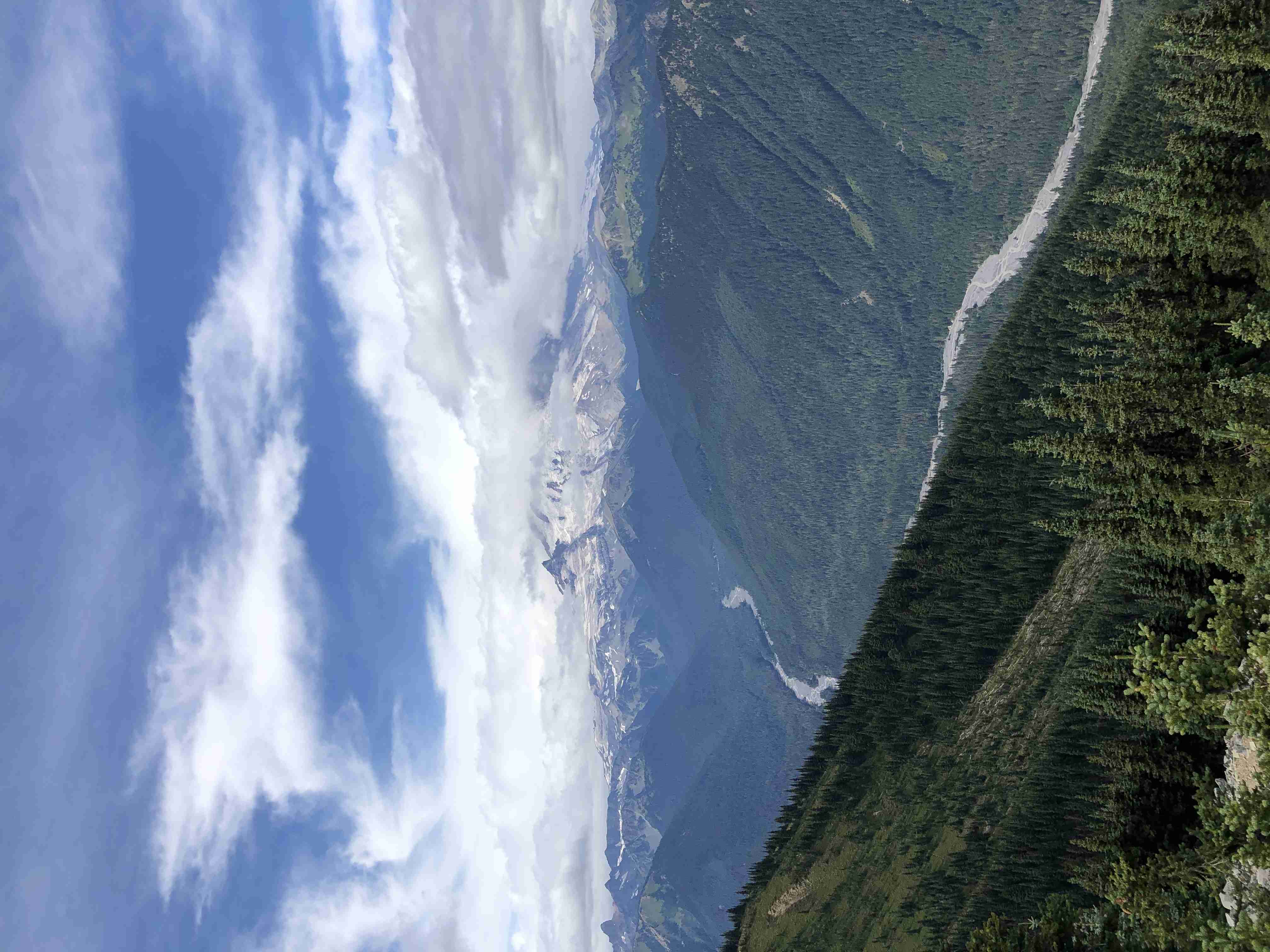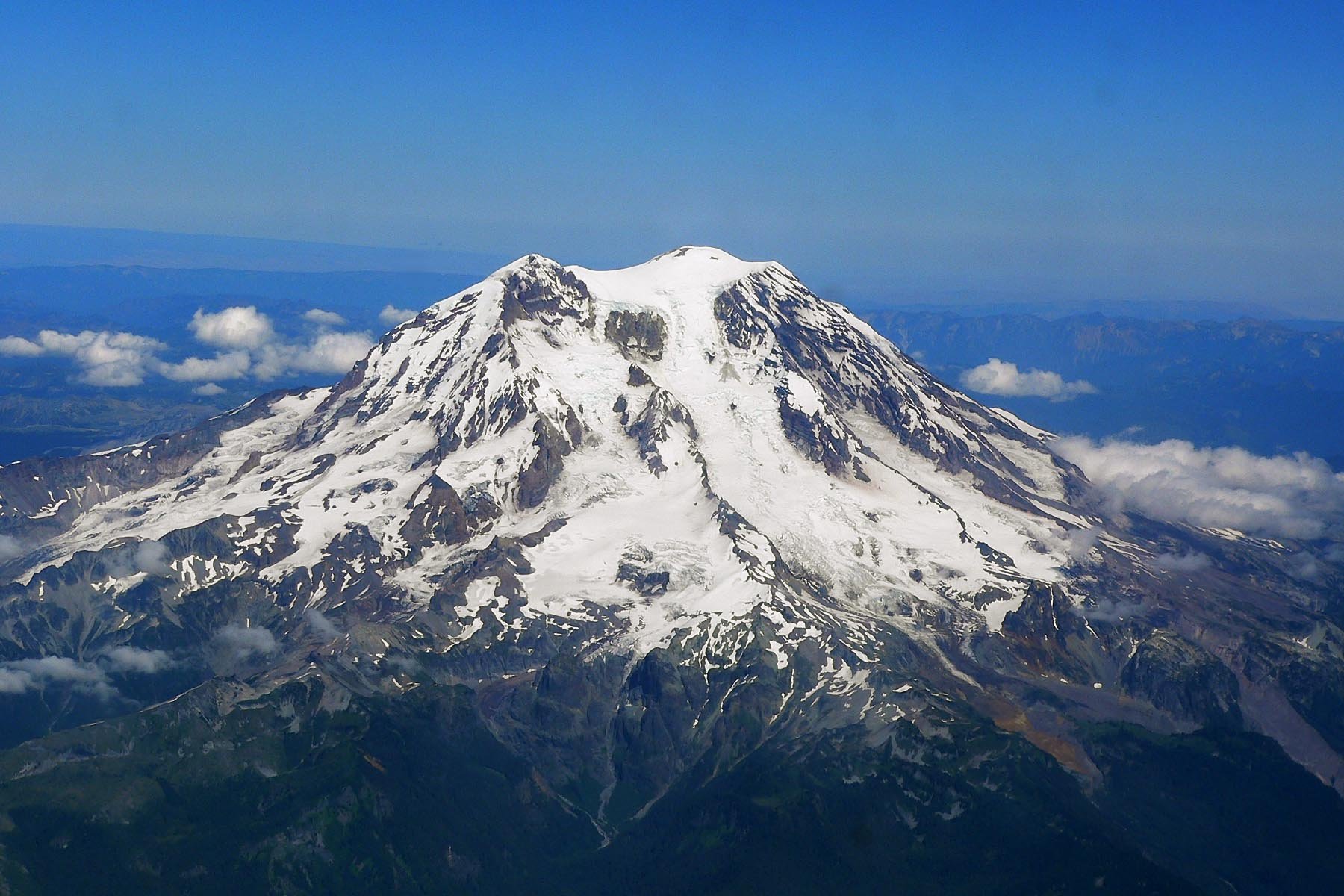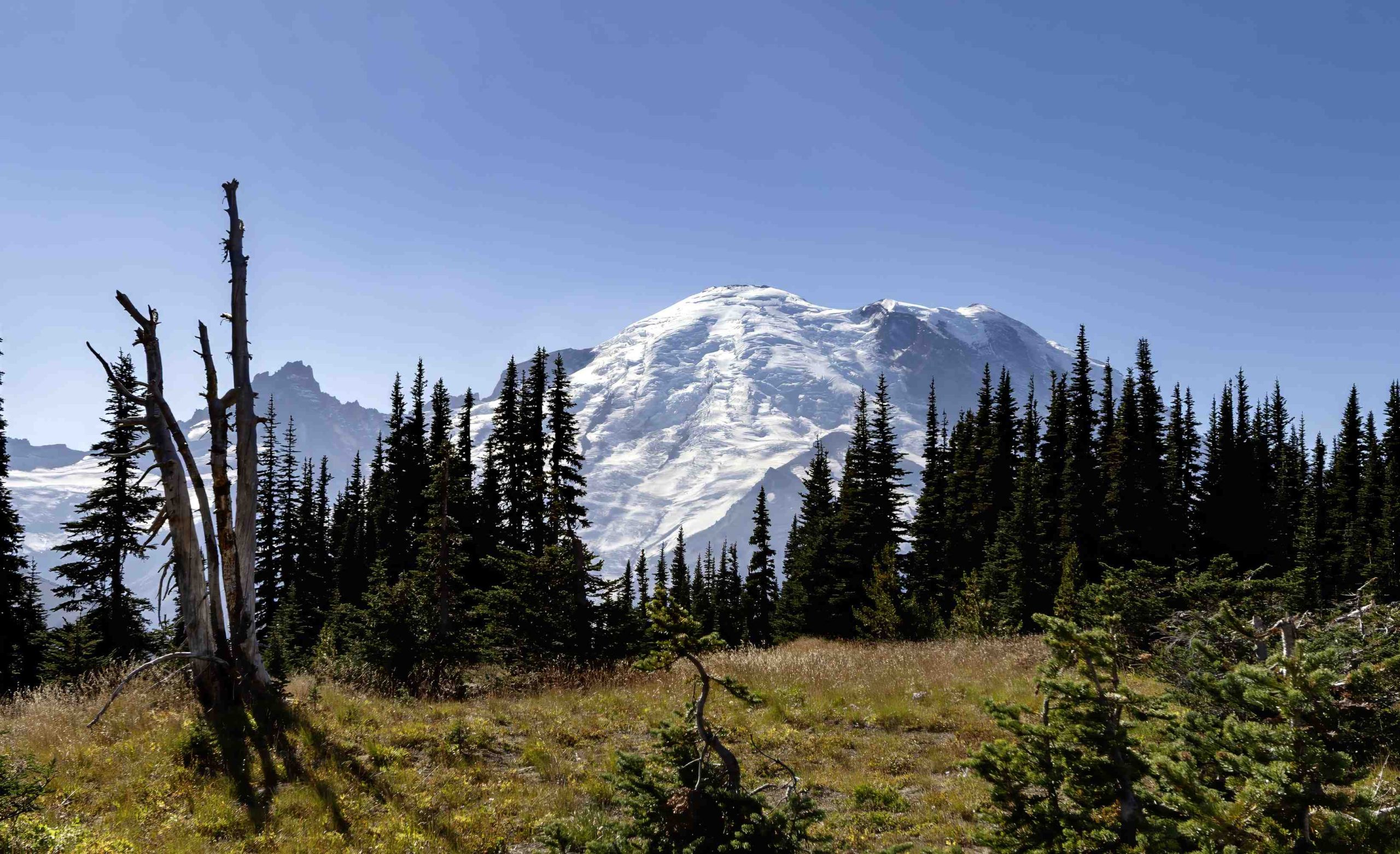Mount Rainier National Par is an iconic destination in Washington State, featuring the majestic 14,410-foot stratovolcano as its centerpiece. This park offers diverse ecosystems, from old-growth forests to subalpine meadows, and provides visitors with a range of activities including hiking, wildlife viewing, and scenic drives. With its proximity to Seattle and Tacoma, Mount Rainier National Par attracts nature enthusiasts, hikers, and photographers year-round, offering breathtaking views and unique experiences in every season.
What Are the Park Hours and Entrance Fees?

Mount Rainier National Par is open 24/7, 365 days a year. However, accessibility to certain areas may be limited during winter months due to snow and weather conditions. The entrance fee structure is as follows:
- Private Vehicle: $30 (valid for 7 days)
- Motorcycle: $25 (valid for 7 days)
- Individual (on foot or bicycle): $15 (valid for 7 days)
- Annual Pass: $55
It’s worth noting that these fees contribute to the park’s maintenance and conservation efforts.
Where Are the Visitor Centers Located?

Mount Rainier National Par features several visitor centers, each offering unique information and services:
- Henry M. Jackson Visitor Center at Paradise
- Location: Paradise area
- Open: Year-round (hours vary by season)
-
Amenities: Exhibits, films, ranger programs, bookstore, restrooms, free WiFi
-
Longmire Wilderness Information Center
- Location: Historic Longmire district
-
Focus: Wilderness permits and hiking trail information
-
Carbon River Ranger Station
- Location: Northwest corner of the park
-
Focus: Carbon River area and trail information
-
Paradise Guide House / Climbing Information Center
- Location: Paradise area
-
Focus: Climbing and mountaineering information
-
White River Wilderness Information Center
- Location: Near White River entrance
- Focus: Wilderness permits and northeast area trail information
What Are the Top Five Mount Rainier Hikes?
- Skyline Trail
- Length: 5.5 miles
- Difficulty: Moderate to strenuous
- Elevation Gain: ~1,700 feet
-
Highlights: Wildflower meadows, panoramic views of Mount Rainier
-
Emmons Moraine Trail
- Length: 3 miles round trip
- Difficulty: Moderate
- Elevation Gain: ~1,000 feet
-
Highlights: Views of Emmons Glacier and Mount Rainier
-
Narada Falls Trail
- Length: 1.2 miles round trip
- Difficulty: Easy to moderate
- Elevation Gain: ~200 feet
-
Highlights: Access to Narada Falls
-
Tolmie Peak Trail
- Length: 7.2 miles round trip
- Difficulty: Strenuous
- Elevation Gain: ~1,700 feet
-
Highlights: Views of Mount Rainier, Eunice Lake
-
Wonderland Trail
- Length: 93 miles
- Difficulty: Strenuous
- Elevation Gain: Varies significantly
- Highlights: Circumnavigates Mount Rainier, diverse landscapes
What Wildlife Can Be Seen in Mount Rainier National Par?
Mount Rainier National Par is home to a diverse array of wildlife. Here’s a table of commonly spotted species and the best times to view them:
| Species | Best Viewing Times | Viewing Tips |
|---|---|---|
| Black Bears | Dawn and dusk | Look in berry patches and meadows |
| Elk | Early morning and late afternoon | Open meadows and forest edges |
| Mountain Goats | Summer months | High elevation rocky areas |
| Marmots | Midday | Rocky areas and meadows |
| Various Bird Species | Early morning | Throughout the park |
Remember to maintain a safe distance from all wildlife:
– At least 100 yards from bears and wolves
– At least 25 yards from other wildlife
Never feed wildlife and always store food and trash properly to avoid attracting animals to your campsite or vehicle.
What Camping Options Are Available in Mount Rainier National Par?
Mount Rainier National Par offers several camping options for visitors:
- Cougar Rock Campground
- Location: Near Paradise
- Open: Late May to early October
-
Reservations: Up to 6 months in advance
-
Ohanapecosh Campground
- Location: Southeast part of the park
- Open: Late May to early October
-
Reservations: Up to 6 months in advance
-
White River Campground
- Location: Near White River entrance
- Open: Late May to early October
-
Reservations: Up to 6 months in advance
-
Mowich Lake Campground
- Location: Accessible via gravel road
- Open: July to October
- Reservations: First-come, first-served
All campgrounds offer basic amenities such as restrooms and picnic tables. Some also provide potable water and easy access to hiking trails.
What Are the Best Scenic Drives in Mount Rainier National Par?
- 36-mile Park Loop
- Highlights: Various landscapes and multiple viewpoints
-
Note: Some sections may be closed in winter due to snow
-
Sunrise Road
- Highlights: Climbs to Sunrise area, offering 360-degree views
-
Open: Typically late June to early October
-
Key Viewpoints Along Drives
- Sunrise Point
- Reflection Lakes
- Tipsoo Lake
- Christine Falls
When planning your scenic drive, always check current road conditions and closures, especially during winter months.
Mount Rainier National Par offers a wealth of natural beauty and outdoor activities for visitors of all interests and abilities. Whether you’re looking to challenge yourself on a strenuous hike, observe wildlife in their natural habitat, or simply take in the breathtaking views from your car, this park has something for everyone. Remember to always respect the park’s rules and regulations to help preserve this natural wonder for future generations.

